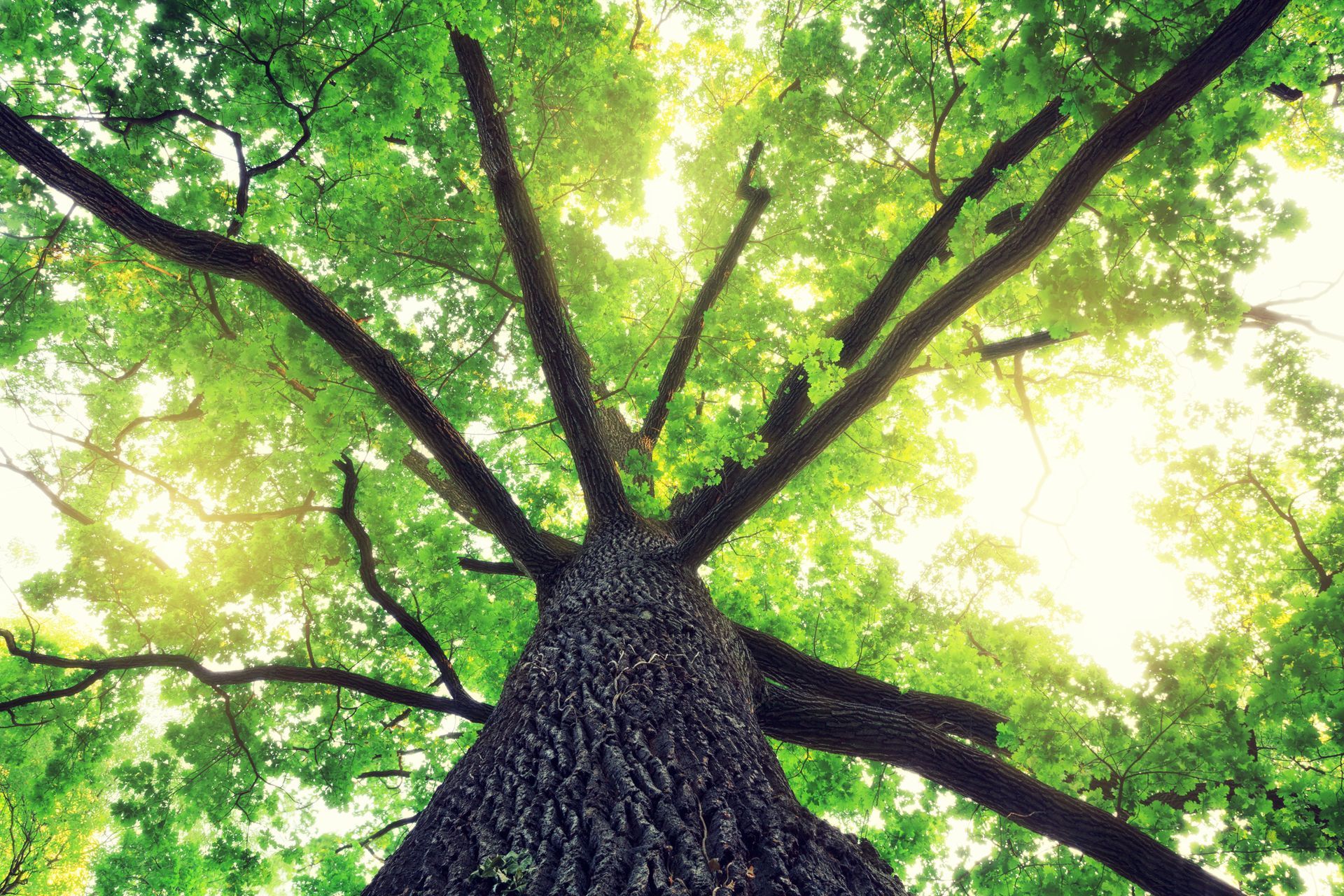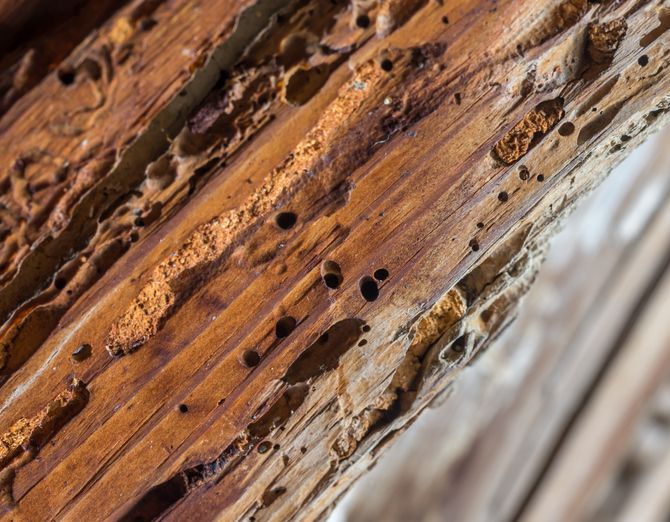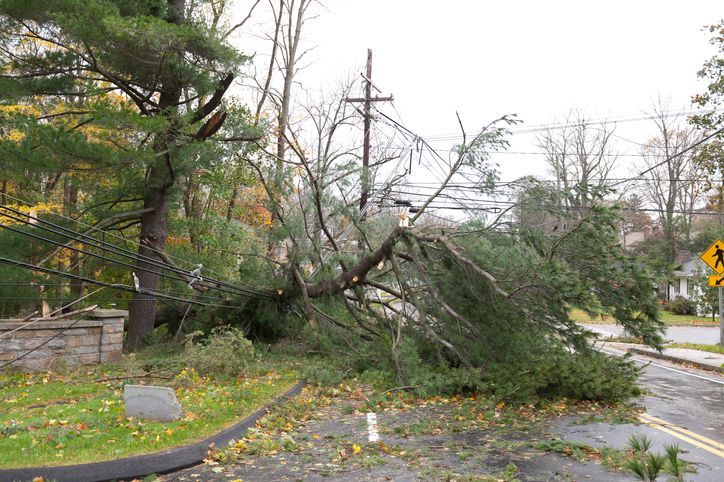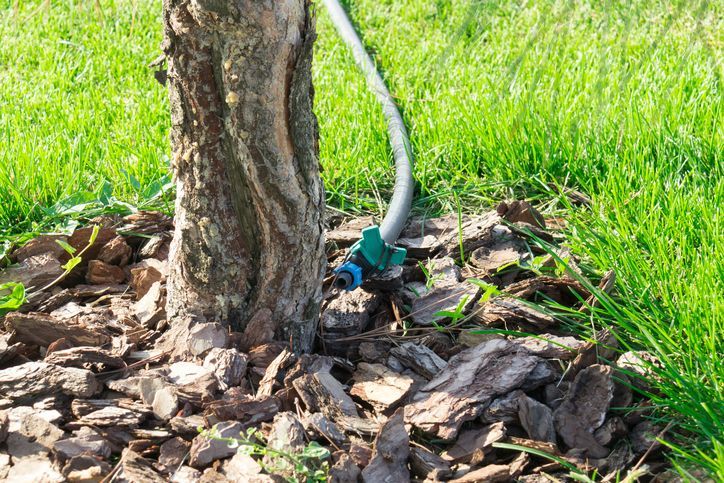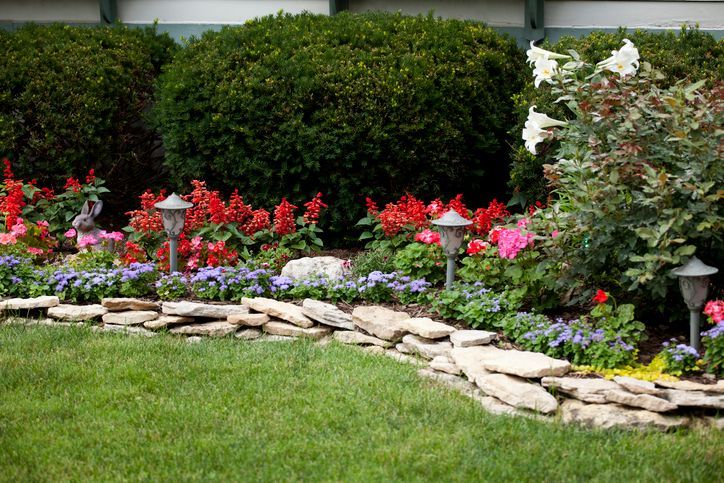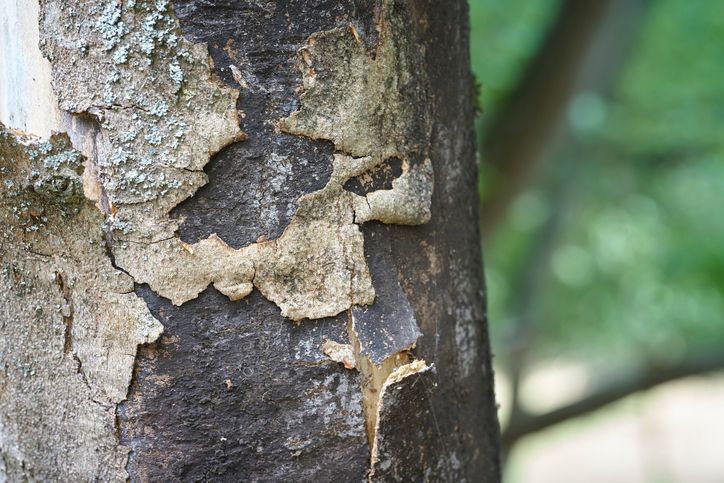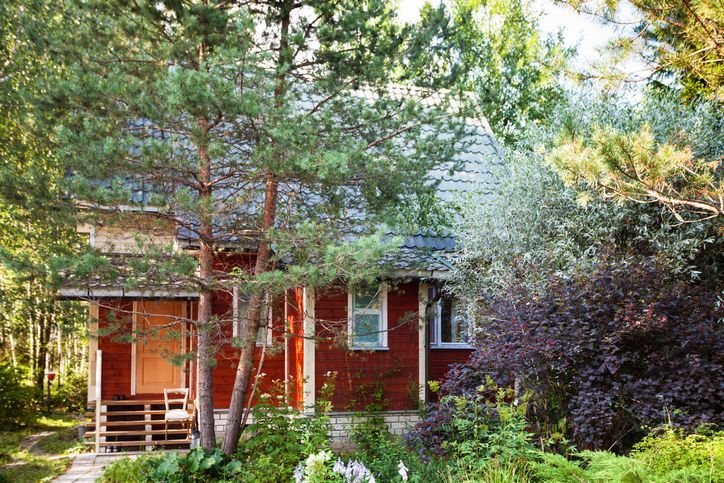Protecting Your Property by Identifying Hazardous Trees

Trees add both beauty and value to our properties, providing shade and aesthetic appeal and even enhancing the air quality. However, not all trees are healthy, and recognizing hazardous ones can be crucial for homeowners to ensure safety and prevent potential damage.
This guide is designed to help you identify hazardous trees on your property, understand the risks they pose, and take appropriate measures to maintain a safe environment.
Understanding Tree Health and Safety Risks
Overview of Hazards
Unhealthy or unstable trees pose significant risks to homeowners. A tree that appears healthy may have hidden weaknesses that could lead to serious property damage or personal injury. For instance, a large branch could fall on your home, car, or, worst of all, a person. Trees can also damage power lines, leading to power outages or fire hazards. Identifying these risks early can save you from unexpected and costly repairs.
Types of Risks
The primary risks associated with hazardous trees include falling branches, tree collapse, and root damage. Falling branches can cause immediate damage to structures, vehicles, and people. A tree collapse is a more severe threat, potentially resulting in extensive property damage and injury.
Additionally, invasive roots can compromise the stability of your home's foundation, sidewalks, and underground utilities, leading to long-term structural issues.
Signs of Disease in Trees
Visible Symptoms
Identifying hazardous trees starts with recognizing the visible signs of disease. Look for unusual leaf discolorations, such as yellowing or browning of leaves out of season. Fungal growth, including mushrooms or conks growing at the base or on the trunk, indicates internal decay. Dead branches, also known as "widow makers," can fall without warning and clearly indicate a tree's declining health.
Progression of Disease
If left untreated, tree diseases can progress and worsen over time. For example, a minor fungal infection in the trunk can spread, weakening the tree's structure. Insects like beetles bore into the wood, exacerbating the damage and increasing the risk of collapse. Over time, the tree's ability to absorb nutrients and water diminishes, leading to further deterioration and potential safety hazards.
Recognizing Decay and Instability
Physical Indicators of Decay
Decay in trees often manifests as hollow trunks, cavities, or significant leaning. Hollow trunks occur when the inner wood decays, leaving an empty space inside. Cavities, or open wounds on the trunk, can harbor pests and diseases. A tree that leans significantly, especially if the lean has developed suddenly, may have root or trunk issues that compromise its stability.
Root Health and Stability
Assessing the health of a tree's roots is equally essential. Exposed roots, especially cracked or decayed ones, indicate poor health. Soil stability around the roots also plays a crucial role. If the soil is eroding or appears loose, the tree may be at risk of toppling over during high winds or storms. Healthy roots anchor the tree, providing the necessary support to withstand environmental stressors.
Inspecting Trees for Structural Integrity
Structural Weaknesses
Structural weaknesses in tree limbs and trunks are telltale signs of potential hazards. Look for cracks or splits in the tree trunk, which can indicate internal stress. Forked trunks or multiple trunks growing from the same base are also prone to splitting. Trees with these structural weaknesses are more likely to break apart during storms, posing a risk to nearby structures and people.
Danger Signs in Large Trees
Due to their size and weight, large and mature trees require special attention. Danger signs in these trees include large dead branches, deep cracks in the trunk, and a lack of healthy foliage. The older the tree, the more susceptible it is to decay and disease. Regular inspections ensure these giants remain safe and healthy, as their collapse could result in significant damage.
Preventive Measures and Regular Maintenance
Routine Inspections
Regular inspections by a professional arborist are essential in maintaining tree health and safety. Experts can identify early signs of disease, decay, and structural issues that may not be obvious to the untrained eye.
These regular inspections can prevent minor problems from escalating into significant hazards, ensuring your trees remain a safe and beautiful part of your property.
Preventive Pruning
Strategic pruning is a vital part of tree maintenance. Removing dead or weakened branches can prevent potential hazards and promote healthy growth. Pruning helps maintain the tree's balance, reducing the risk of limb failure during storms. It also allows more sunlight and air to reach the tree's interior, improving overall health and vitality.
When to Call a Professional Tree Service
Assessment and Removal Decisions
Knowing when to call in a professional for a thorough assessment or tree removal is crucial. If you notice significant signs of disease, decay, or structural instability, it's time to seek expert advice. Arborists can provide a detailed evaluation of the tree's condition and recommend the best course of action, whether treatment, pruning, or removal.
Selecting the Right Tree Care Service
Choosing a qualified arborist or tree care service is essential for proper tree maintenance. Look for professionals who are certified by a reputable organization, such as the International Society of Arboriculture (ISA). Verify their credentials and check reviews or testimonials from previous clients. A reliable tree care service will adhere to local regulatory standards and prioritize the health and safety of your trees.
Call JR's Lawn & Tree Service Today!
Monitoring and maintaining the health of trees on your property is vital for ensuring safety and preventing potential damage. Homeowners can proactively protect their property and loved ones by recognizing the signs of disease, decay, and instability. Regular inspections and preventive measures, such as strategic pruning, can keep your trees healthy and beautiful.
Ensure your trees are safe and healthy by scheduling a professional assessment with JR Lawn & Tree. Our team of experienced, certified arborists is ready to help you maintain a safe and stunning landscape.
